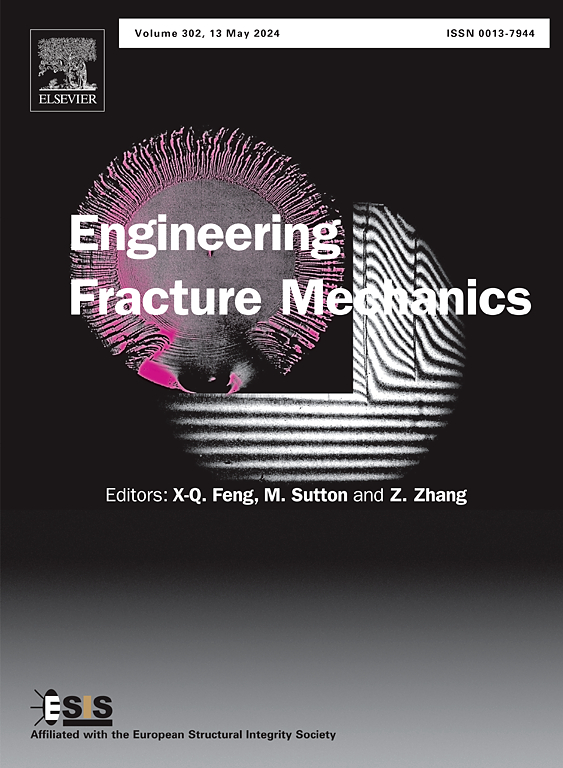Assessing hydrogen embrittlement of alloy 718: Hollow and conventional tensile tests
IF 4.7
2区 工程技术
Q1 MECHANICS
引用次数: 0
Abstract
Testing of metals for hydrogen embrittlement is of great interest for a safe hydrogen infrastructure. However, the costs and efforts involved in in-situ tests in hydrogen pressure autoclaves are high. Simpler alternatives are ex-situ testing with hydrogen pre-charging or in-situ testing with the hollow specimen technique, in which the specimen is pressurized with hydrogen gas from the inside through a longitudinal hole. However, the comparability of the techniques has not been conclusively clarified.
Slow strain rate tensile tests are carried out with the three techniques on the nickel-based alloy 718 in wrought and additive manufactured states. Experiments are performed at hydrogen gas pressures up to 200 bar. Testing in nitrogen gas is used as a reference. Hydrogen pre-charging was conducted at 350 °C and 100 bar pressure. The in-situ techniques show increasing hydrogen embrittlement with increasing hydrogen pressure. The most severe embrittlement could be achieved with hydrogen pre-charging. Conventional and hollow specimens agree on yield strength and tensile strength but differ in elongation to failure and reduction of area. Influencing variables such as surface qualities and multi-axial stresses in hollow specimens resulting from the internal pressure are discussed. The damage mechanisms of all techniques are analyzed by fracture surface examinations using SEM and EBSD.
求助全文
约1分钟内获得全文
求助全文
来源期刊
CiteScore
8.70
自引率
13.00%
发文量
606
审稿时长
74 days
期刊介绍:
EFM covers a broad range of topics in fracture mechanics to be of interest and use to both researchers and practitioners. Contributions are welcome which address the fracture behavior of conventional engineering material systems as well as newly emerging material systems. Contributions on developments in the areas of mechanics and materials science strongly related to fracture mechanics are also welcome. Papers on fatigue are welcome if they treat the fatigue process using the methods of fracture mechanics.

 求助内容:
求助内容: 应助结果提醒方式:
应助结果提醒方式:


